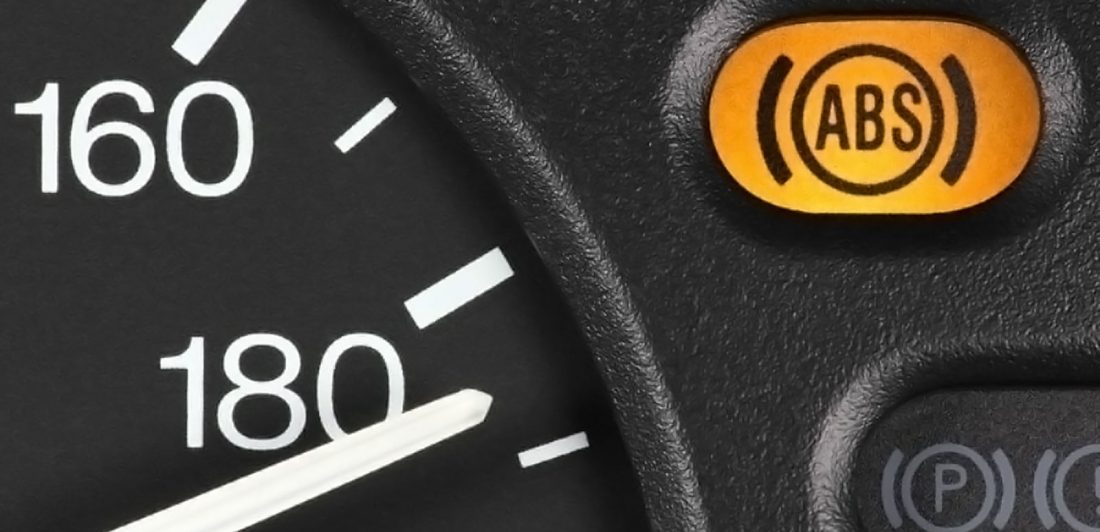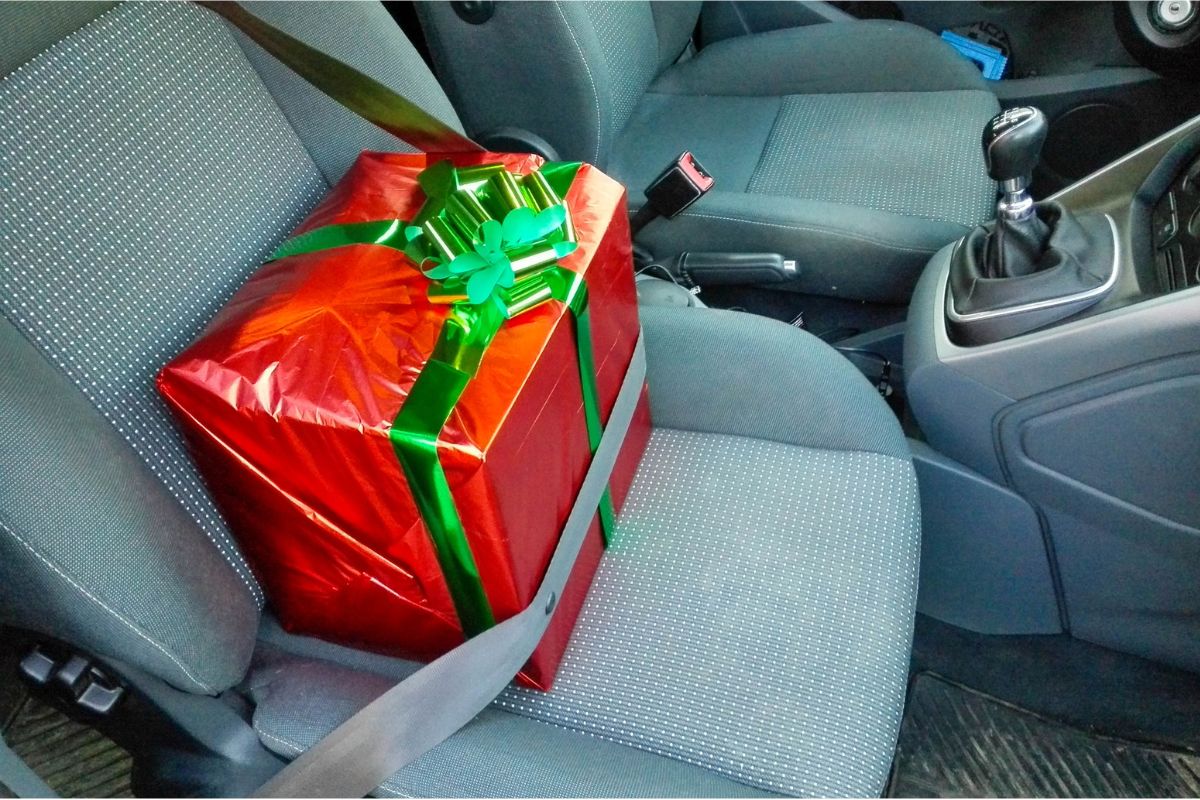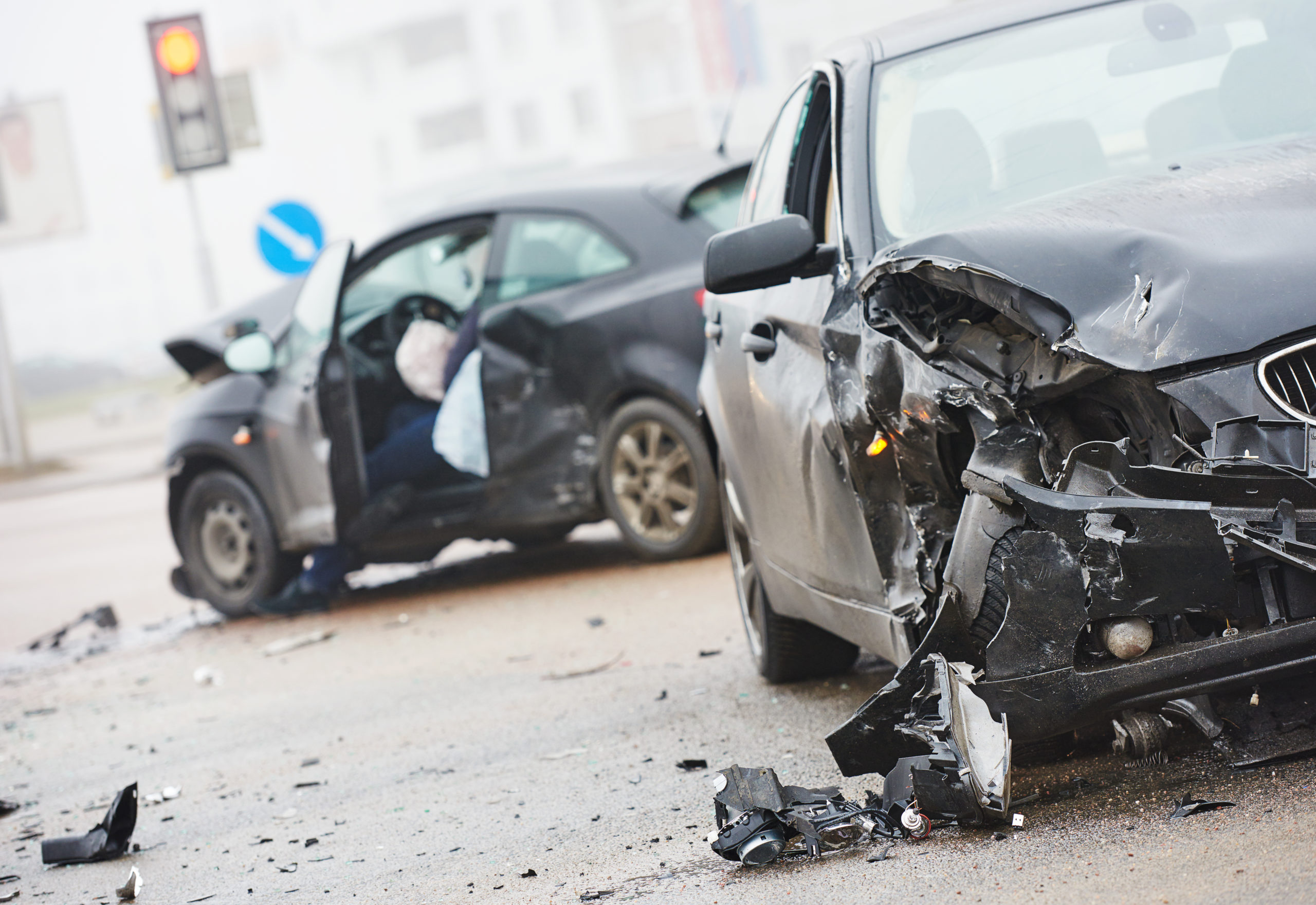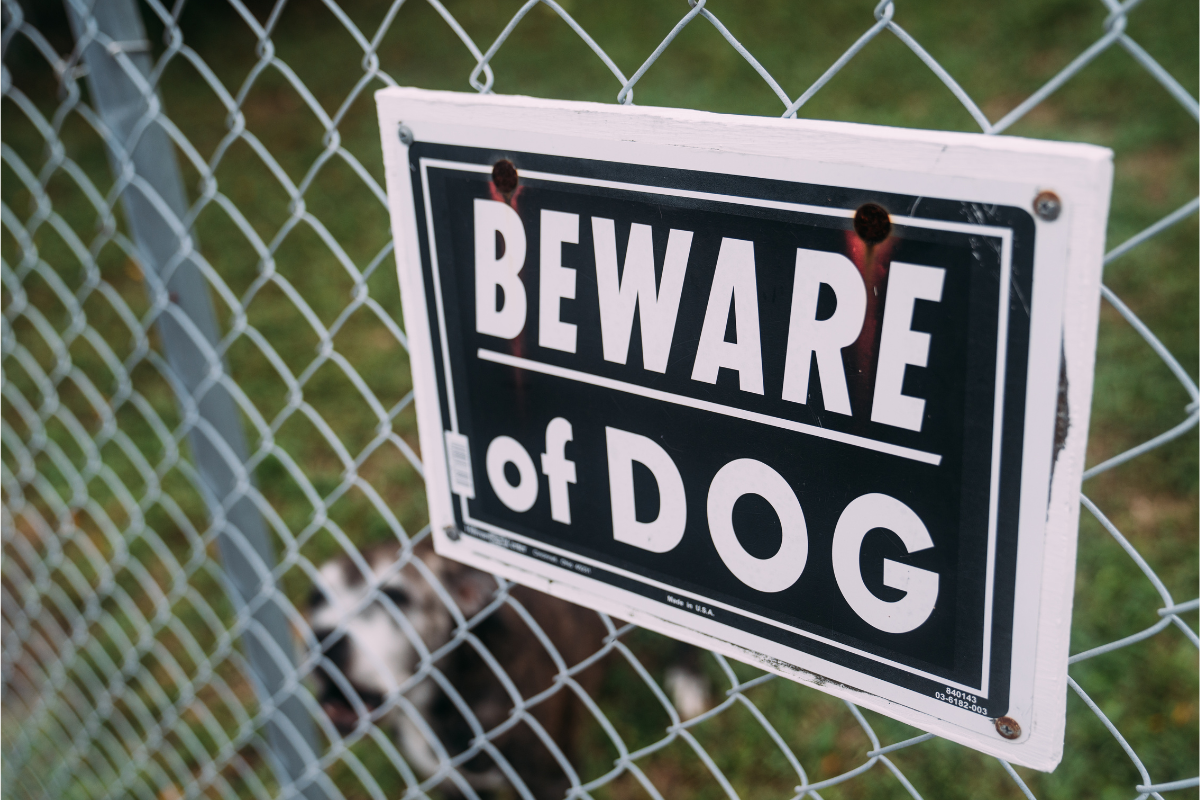Over the years, car safety technology has centered around saving lives and preventing injuries. But it is important to note that not all car crashes are caused by driver error. Many auto accidents occur because of a vehicle defect. Today’s cars come with technology intended to save the passengers of a vehicle instead of the vehicle itself. Government regulations require automakers to meet certain standards to ensure passenger safety.
Car crashes are a harrowing experience. For starters, by nature, a crash can be a violent experience. In addition, serious crashes can lead to significant injuries. In some cases, you may have a crash and may not be entirely sure what was the cause of your crash and subsequent injuries. You may not even consider a defective auto part as the cause of your crash until you hear about recall months—or even years—after the fact. However, in the aftermath of a car crash, it always in your best interest to investigate and assess what could’ve caused your crash.
The Golden Era of Automakers: “Safety Doesn’t Sell”
In 2009, Consumer Reports published a terrifying video from the Institute for Highway Safety pitting a 2009 Chevrolet Malibu against a 1959 Chevrolet Bel Air. The video shows just how far car safety technology since the 1950s and 1960s—what many car enthusiasts consider the golden age of American cars. While many people assume these vehicles were well built, they were built during a time when safety wasn’t a priority of car manufacturers. At the time, automakers placed visual appeal and reliability over how well a vehicle would perform in a crash. The video is the perfect example of just how safety features like crumple zones, airbags, seatbelts, and reinforced passenger compartments have made driving safer.
In fact, all you have to do is look at the rate of deaths in motor vehicle crashes between 1900-2007 to fully understand just how much safer today’s car is. These advancements in technology have been the driving force in saving lives on U.S. roads.
How do I determine if Defective Vehicle Safety Features caused my crash?
Vehicle safety technology is one of the most important factors in the decrease in motor vehicle crash fatalities. Everything from airbags, electronic stability control, and even the modern windshield have aided in the decrease of personal injuries and fatalities from vehicle crashes. In addition, many of these systems work to reduce crashes.
How do Anti-Lock Brakes and Electronic Stability Control Keep Passengers Safe?
Electronic stability control is a computerized control system that applies brakes to individual wheels and reduces engine power to ensure that drivers are able to maintain control of their vehicles. ESC has come standard on vehicles since 2011. Studies show that paired with anti-lock braking systems that prevent skidding by preventing wheels from locking up during braking.
Unfortunately, electronic stability control and brake system defects are fairly common reasons for defective vehicle safety features recalls. When these systems fail to work properly they can lead to devastating single-vehicle loss of control car crashes and fatalities. In fact, the National Highway Traffic Safety Administration (NHTSA) estimates that ESC saves between 5,300 and 10,300 lives. In addition, NHTSA predicts that this technology prevents 168,000 to 252,000 injuries in all types of crashes.
What happens when ABS and ESC systems fail?
Because anti-lock brakes work in combination with electronic stability control to save lives when these systems fail they can lead to serious crashes. These systems are complex and involve several parts and sensors that work together to help stabilize your vehicle and avoid car crashes. When these vehicle safety features are defective, your vehicle will lack stability. This lack of stability can lead to car crashes.
In August 2018, Mercedes-Benz recalled thousands of vehicles because of a brake issue that would cause the vehicles’ electronic stability control not to fully engage.
What role do windshields play in keeping motorists safe?
Windshields do more than keep bugs and dirt out of your face while you drive. Windshields play a crucial role in supporting the car’s roof to prevent roof crush in the event of a rollover. The windshield is an important part of your vehicle’s structural integrity. In front-end collisions, your windshield helps the cabin stay intact by absorbing up to 50 percent of incoming forces.
In addition, modern windshields do their part to keep passengers in the vehicle rather being ejected from the vehicle. Being ejected from the vehicle is a major contributor to motor vehicle crash fatalities.
What happens when windshields fail?
Windshields have been designed to stay intact and reinforce roof support in the event of a crash. Head injuries are one of the leading causes of fatalities in motor vehicle crashes. The windshield plays a crucial role in preventing roof crush which can lead to serious and traumatic brain injuries.
Secondly, windshields are important for passenger safety because they are designed to keep airbags in the car. The passenger-side airbag bounces off of the windshield as it comes out of the dashboard. Because of the windshield must be strong enough to protect against the force.
Windshields are particularly important in convertible cars. Strong windshield frames have the ability to be used as a roll bar to make up for the lack of protection in a convertible’s lack of a complete safety cell.
What is the Passenger Safety Cell?
The passenger safety cell goes hand in hand with the windshield. The passenger safety cell, or safety cage, is a rigid structure around the passenger compartment of a vehicle. It works in contrast to the crumple zones in the front and rear. It is designed to keep its rigidity under all forces and should never deform. The structural design and assembly of a vehicle can be a major factor in protecting occupants during a car crash.
What happens when the safety cell fails?
A bad design or using faulty or low quality steel in the passenger safety cage can lead to serious and permanent injuries including death. This cage is necessary because vehicle occupants would be in serious danger if the entire vehicle crumpled upon impact.
How does Power Steering Keep Drivers Safe?
High-performance accessories, engine upgrade, and great tires mean nothing without safe steering. Steering requires 100 percent of your attention, even in autonomous vehicles. Since its introduction, power steering eases steering particularly at low speeds. It is important to note, that steering systems designed with power steering are not meant to be driven without the feature. The feature is common in nearly all vehicles produced today.
Loss of power steering at high speeds can be particularly frightening. Drivers may experience feeling as though they have lost control of the vehicle. This is why it is so important for auto manufacturers to use the highest quality parts and best assembly practices when building vehicles. Losing control of your vehicle can lead to seriously dangerous crashes and permanent injuries.
What happens when power steering fails?
Loss of power steering is considered a critical safety issue. When power steering fails, particularly during low-speed turns, drivers can lose control of the vehicle and increase the chances of a crash. There are several parts that can cause your vehicle’s power steering to fail, including defective:
- Drive belts
- Hoses
- Coupling on hoses
- Electric steering control
- Vehicle software
In February 2020, Tesla announced that it was recalling 15,000 Model C vehicles from 2016. Vehicles built before mid-October of that year is subject to Tesla's recall. Notably, the Model S was recalled for the same issue back in 2018.
The Carlson Law Firm Can Help
Defective vehicle safety features are not just limited to the parts and systems we’ve discussed. For example, defective tires stemming from poor manufacturing can lead to blowouts and tread separation leading to crashes. Still, defective vehicle safety features may be hard to identify after a crash. Our defective auto products attorneys can help you navigate a claim. If you were injured in a crash and are unsure the cause of your crash, contact The Carlson Law Firm. We can help you take on the big auto industry to hold them accountable and get the compensation you deserve.
The Carlson Law Firm has more than 40 years of experience representing clients during their most vulnerable time. We owe our success to our dedication to protecting the rights and futures of injured victims and their families. Our Defective Auto Product attorneys will fight for the maximum compensation while you take the time to recover from your injuries.




